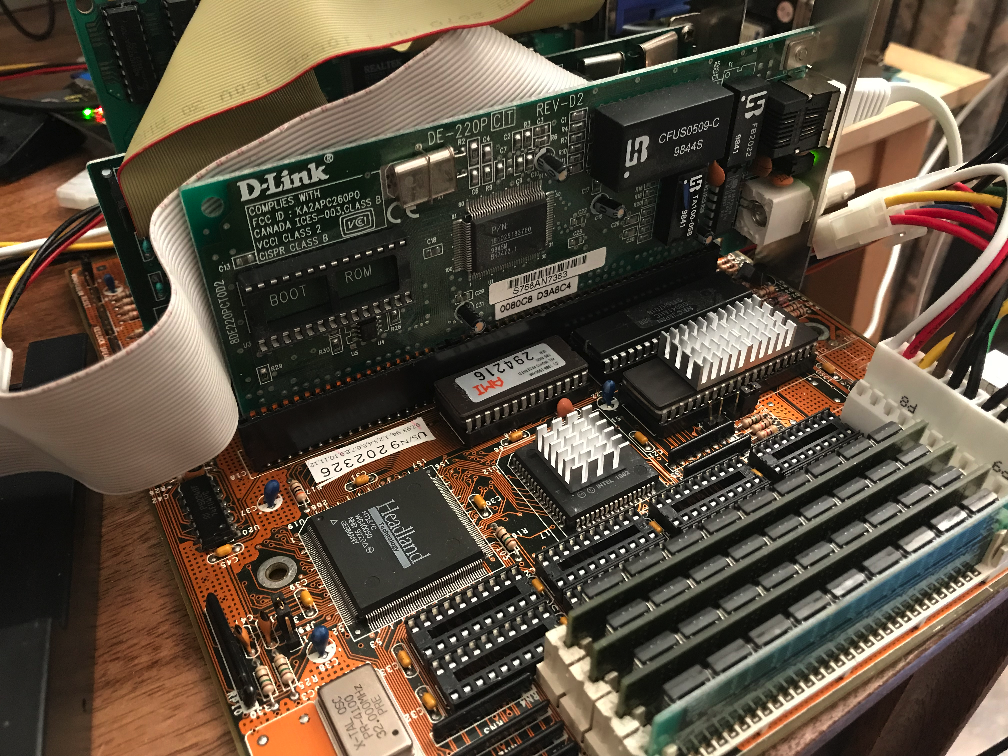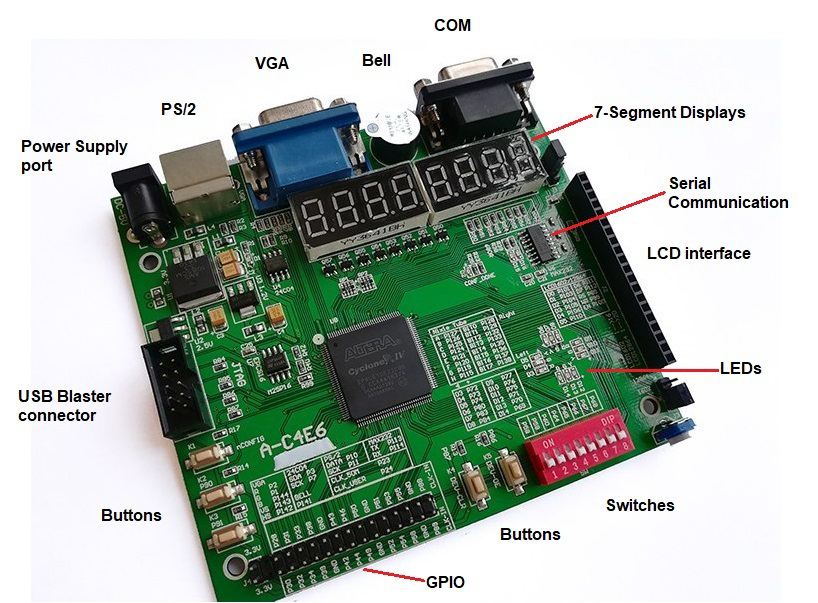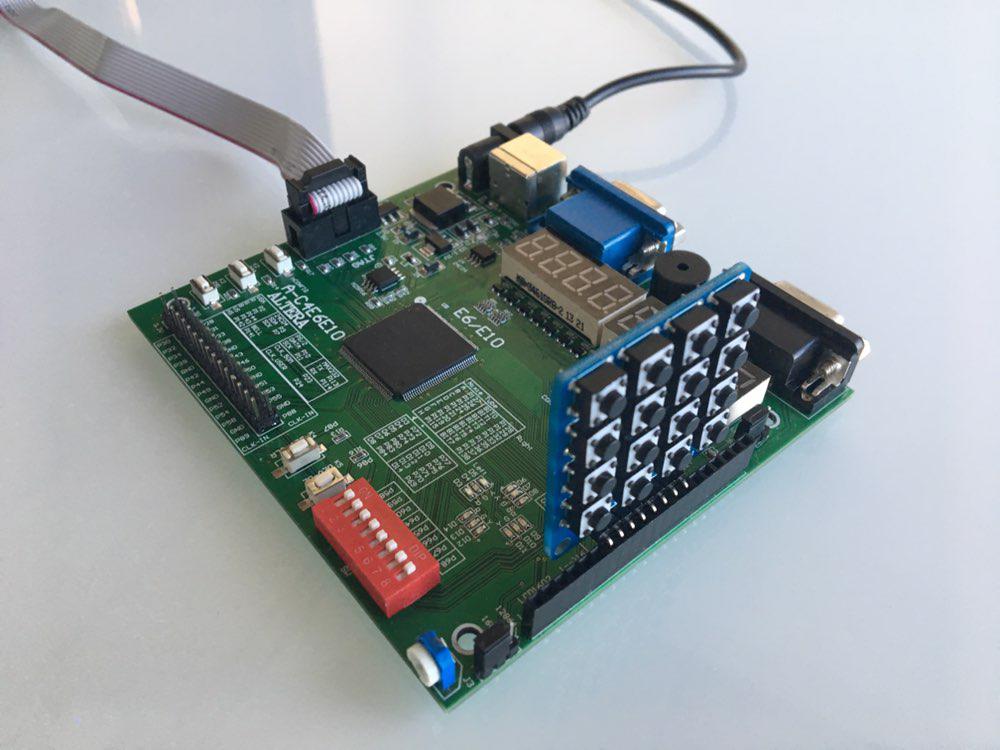Hello world! Or Habr in English, v1.0





ctrl+arrows to move between words, it is easier to press Esc, e and then go back to the i editing mode. Understandably, all this trouble because the author finds it inconvenient to hold ctrl.

Иногда молодые команды разработки охватывает неразбериха.
Это случается в тот момент, когда они ещё не до конца разобрались, что такое эджайл; проджект и продакт спорят, кто из них кто, а задачи каждый ведёт сам по себе. Или все уже всё знают, но планировать спринты не получается — задачи не прорабатываются, демо и ретро проходят нерегулярно.
У нас тоже была похожая история, но мы нашли свой путь.
Это рассказ от команды личного кабинета Яндекс.Кассы, и подробнейшая инструкция для тех, кто хочет улучшить своё планирование.
Our project implements a real-time edge detection system based on capturing image frames from an OV7670 camera and streaming them to a VGA monitor after applying a grayscale filter and Sobel operator. Our design is built on a Cyclone IV FPGA board which enables us to optimize the performance using the powerful features of the low-level hardware and parallel computations which is important to meet the requirements of the real-time system.
We used ZEOWAA FPGA development board which is based on Cyclone IV (EP4CE6E22C8N). Also, we used Quartus Prime Lite Edition as a development environment and Verilog HDL as a programming language. In addition, we used the built-in VGA interface to drive the VGA monitor, and GPIO (General Pins for Input and Output) to connect the external hardware with our board.


When you study an abstract subject like linear algebra, you may wonder: why do you need all these vectors and matrices? How are you going to apply all this inversions, transpositions, eigenvector and eigenvalues for practical purposes?
Well, if you study linear algebra with the purpose of doing machine learning, this is the answer for you.
In brief, you can use linear algebra for machine learning on 3 different levels:

